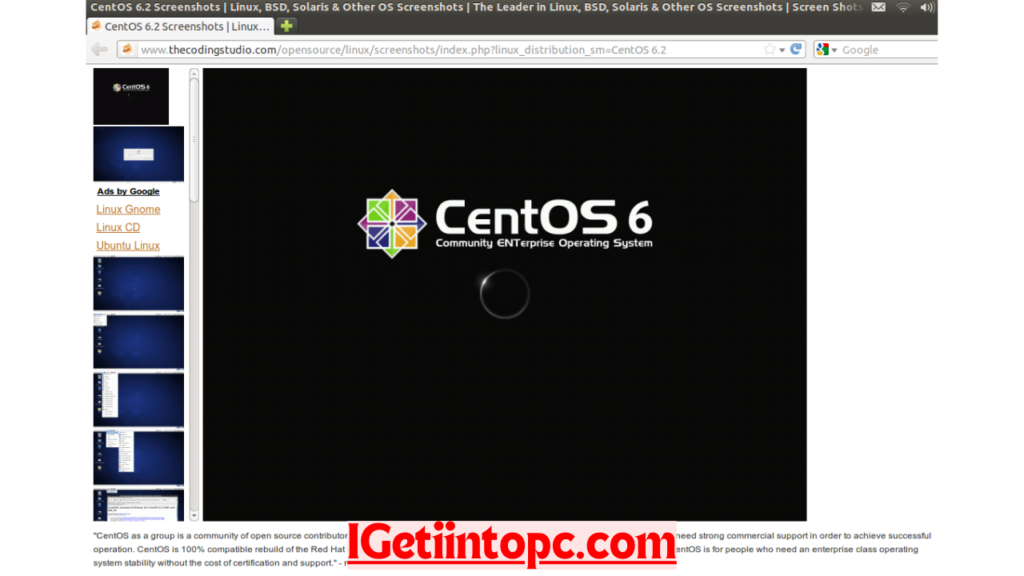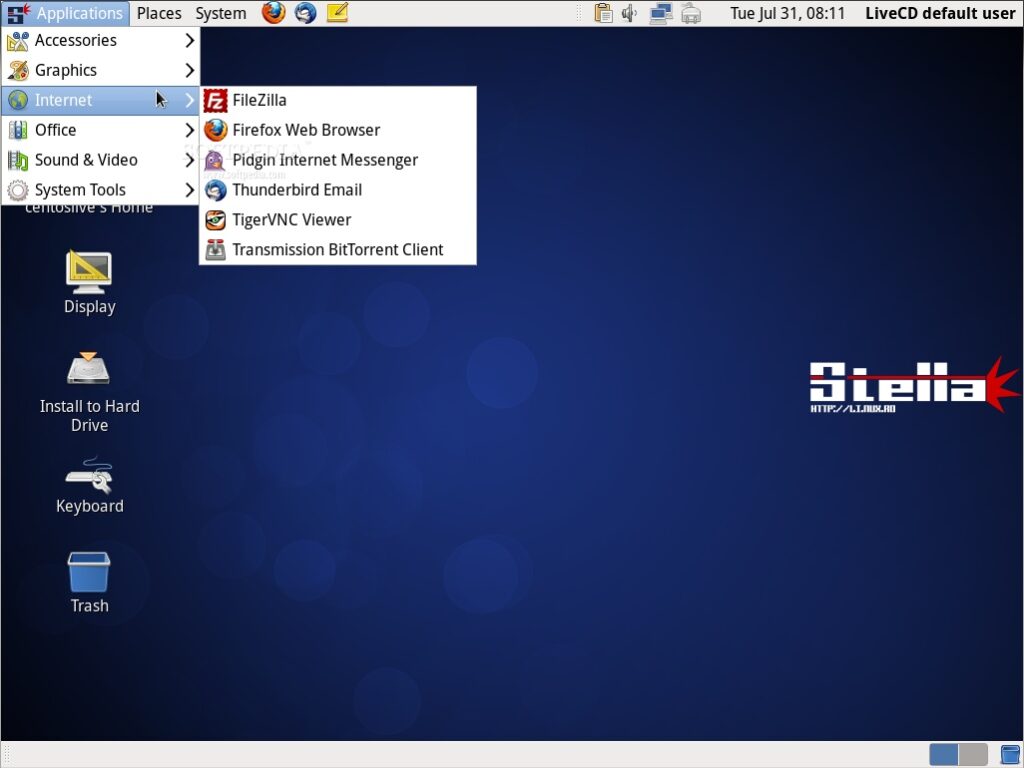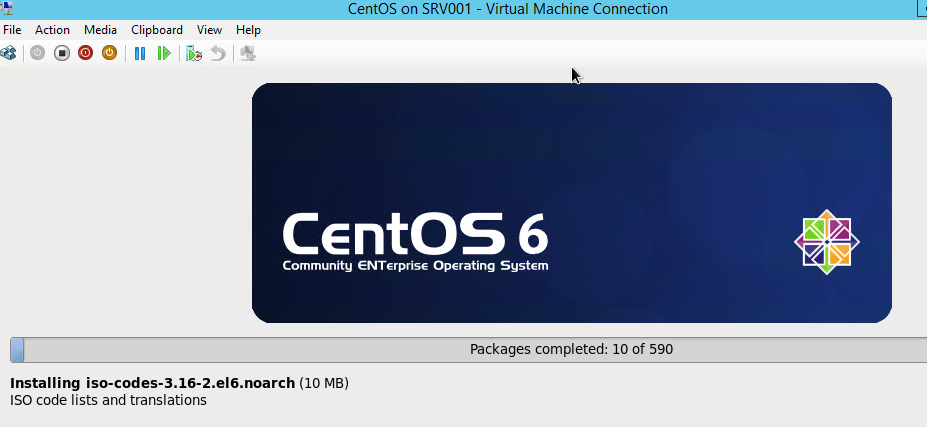CentOS (Community Enterprise Operating System) is a free, open-source, and community-driven Linux distribution that is binary-compatible with Red Hat Enterprise Linux (RHEL).

It is a popular choice for those seeking a stable, reliable, and enterprise-grade operating system without the associated costs of a commercial offering. CentOS is widely used in server environments, cloud computing, and various other applications where stability and security are of utmost importance.
Software Features and Benefits
CentOS offers a wealth of features that make it an attractive choice for both individuals and organizations:
- Stability and Reliability: CentOS is known for its rock-solid stability and reliability, making it an excellent choice for mission-critical applications and environments that require minimal downtime.
- Enterprise-Grade Security: CentOS inherits RHEL’s robust security features, including regular security updates and patches, ensuring your system remains protected against the latest threats.
- Extensive Software Repository: CentOS provides access to a vast repository of open-source software, allowing users to easily install and manage a wide range of applications, tools, and utilities.
- Scalability and Performance: CentOS is designed to handle heavy workloads and scale efficiently, making it a suitable choice for businesses with growing IT infrastructure requirements.
- Community Support: CentOS benefits from a large and active community of developers, administrators, and users who contribute to its development, share knowledge, and provide valuable support.

Technical Specifications
- Version: CentOS 8.4
- Interface Language: English
- Audio Language: N/A
- Uploader/Repacker Group: CentOS Project
- File Name: CentOS-8.4-x86_64-dvd1.iso
- Download Size: 8.2 GB
System Requirements
- Processor: Intel or AMD x86_64 compatible CPU
- RAM: Minimum 2 GB, Recommended 4 GB or more
- Storage: Minimum 20 GB, Recommended 40 GB or more
- Graphics: Standard VGA-compatible graphics card
- Optical Drive: DVD-ROM drive (for installation from DVD)

Adjusting Graphics Settings
- Open the “Settings” application.
- Navigate to the “Display” section.
- Adjust the resolution, refresh rate, and other display settings to your preference.
- Enable or disable hardware acceleration based on your system’s capabilities.
- Apply the changes and restart your system if necessary.
Troubleshooting Common Issues
- Installation Issues: Ensure the downloaded ISO image is not corrupted and that your system meets the minimum requirements. Try burning the ISO to a USB drive or DVD and booting from it.
- Network Connectivity: Check your network settings, firewall configuration, and DNS settings to ensure CentOS can connect to the internet.
- Hardware Compatibility: Verify that your hardware components, such as network adapters, graphics cards, and storage devices, are compatible with CentOS.
- Software Compatibility: Ensure the applications and services you plan to use are compatible with the CentOS version you have installed.

How to Download and Install
- Visit the official CentOS website (https://www.centos.org/) and navigate to the “Download” section.
- Select the appropriate CentOS version and download the installation media (DVD or USB image).
- Create a bootable USB drive or burn the ISO image to a DVD.
- Boot your computer from the installation media and follow the on-screen instructions to complete the installation process.
- Once installed, you can start using CentOS and explore its vast software repository to meet your computing needs.
For more information, you can visit the following websites:
These sites offer unique resources and insights, so feel free to explore them to find the information you need